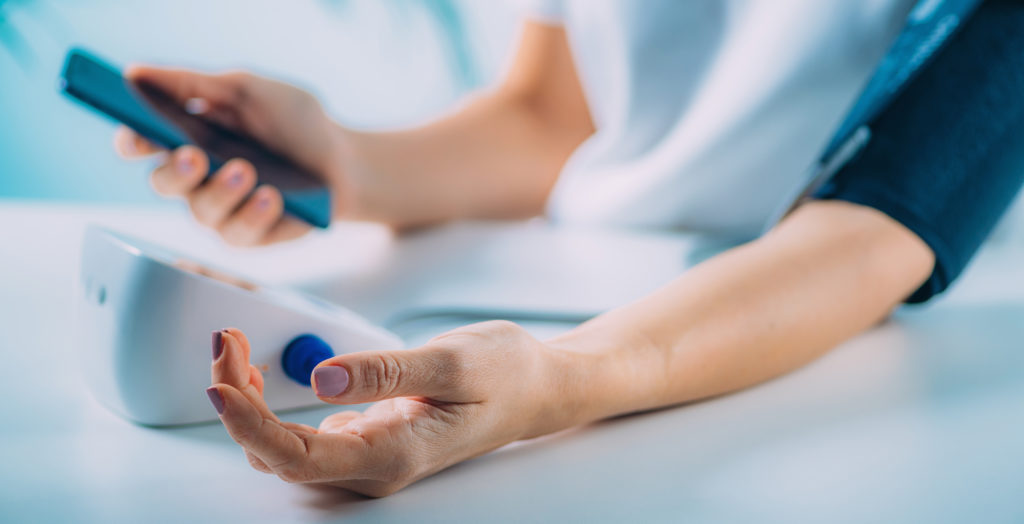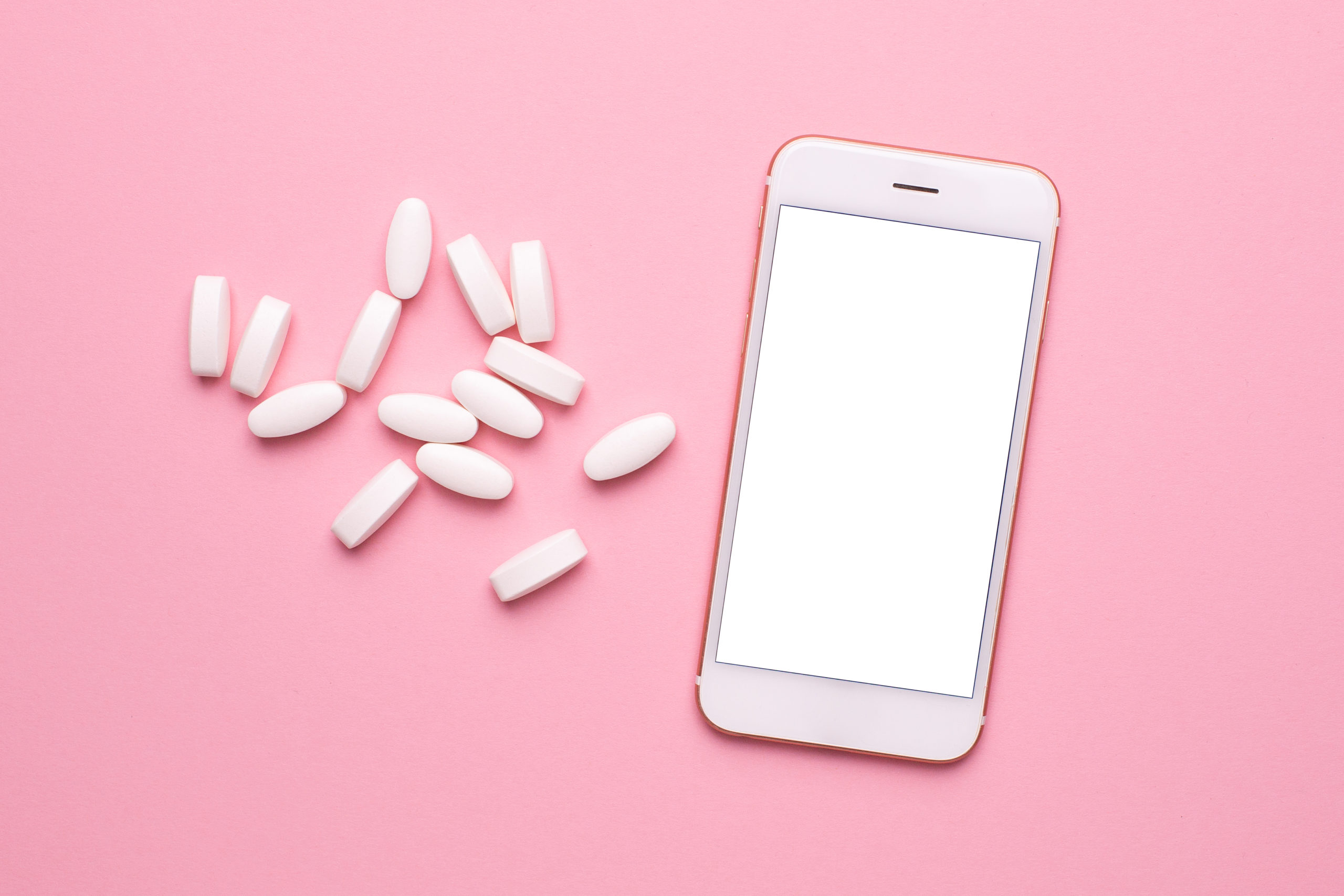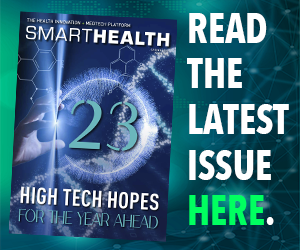Smartphones have a vexed relationship with health. On the down side, the blue light our smartphones emit can suppress melatonin, disrupt our sleep, and, according to new research presented this month, even increase the chance of early puberty in children.
But still, use your smartphone to listen to music while you’re exercising, and you’ll increase your average treadmill speed, heart rate and enjoyment. Using social fitness apps like MyFitnessPal, Strava, RunKeeper and Nike+ can help people support and encourage one another and ‘seed and sustain’ exercise routines, says Dr Eoin Whelan at the University of Galway.
Meanwhile, what should we be looking forward to as far as the next step – if your mobile wants to be a fullyfledged medical device? This generally means, at least as far as regulators are concerned, apps which are intended to diagnose, prevent, monitor, treat or alleviate a disease.
It’s all (for now) heartfelt Smartphones’ best luck so far in their foray into medical device land has been with apps “improving cardiovascular outcomes” where there has been “some amazing stuff”, says Dr John Lee Allen, managing partner at RYSE Asset Management, which focuses on healthcare technology investments.

Dr John Lee Allen, managing partner, RYSE Asset Management
Cardiovascular diseases are, says the World Health Organisation, the biggest killer globally, claiming nearly 18million lives a year. And unlike cancer, it’s also largely preventable. With early detection and monitoring improving patient outcomes, the key to fighting cardiovascular disease is to increase access to testing, says Steve Roest, chief executive of PocDoc.
He and his co-founder (and wife) Kiran recognised during the pandemic how hard it could be for patients to get blood tests through traditional methods. So PocDoc aims to let anyone with a smartphone give themselves a fingerprick blood test, take and upload a photograph, and the app will analyse the sample to detect markers for a range of major diseases.
The cloud-based algorithm then will deliver the user results, health assessment and guidance within minutes.

More and more medicine will start running on the device in your pocket.
Listen to your heart
And a Finnish created app, CardioSignal, is a CE marked class IIa medical device which can detect atrial fibrillation – one of the most common manifestations of heart disease – by placing your smartphone on your chest while you are lying down.
Atrial fibrillation often has no symptoms and remains unspotted, but people with the common heart rhythm disorder have a five times greater risk of stroke than people without.
And screening for it with a smartphone more than doubles the detection and treatment rate in older people compared with routine screening, Professor Axel Bauer of Innsbruck Medical University told the European Society of Cardiology Conference this August.
Looking at all of these breakthroughs with cardio apps, it’s been helpful for smartphones to have such a healthy “first wave showing digital can improve outcomes, as it is still a challenge to get apps reimbursed alone via providers and pharmaceutical companies,” says Dr Allen.
So far, traction in making apps commercially viable has been via consumers and insurers, he adds. But in the coming stages, “we can dream bigger with industry partners supporting validation, co-development and distribution,” he predicts.
Phoning in sick
And smartphone makers meanwhile are detecting it might be a good move to bolster their medical sensor chops. Samsung has attempted to raise the wearable sensory game with the BioActive Sensor in its Galaxy Watch5. This sports a chip with three health sensors, to monitor optical heart rate, electrical heart signal and bioelectrical impedance analysis.
Apple’s Watch Series 8 meanwhile includes a body temperature sensor that can track women’s ovulation. And nifty hardware like this is going to unleash a new round of software making medical use of it.
After all, hospitals are rare, but smartphones are ubiquitous, with 83 per cent of the world’s population owning one. So look for more and more medicine to start running on the device in your pocket, instead of the overcrowded building across town.






